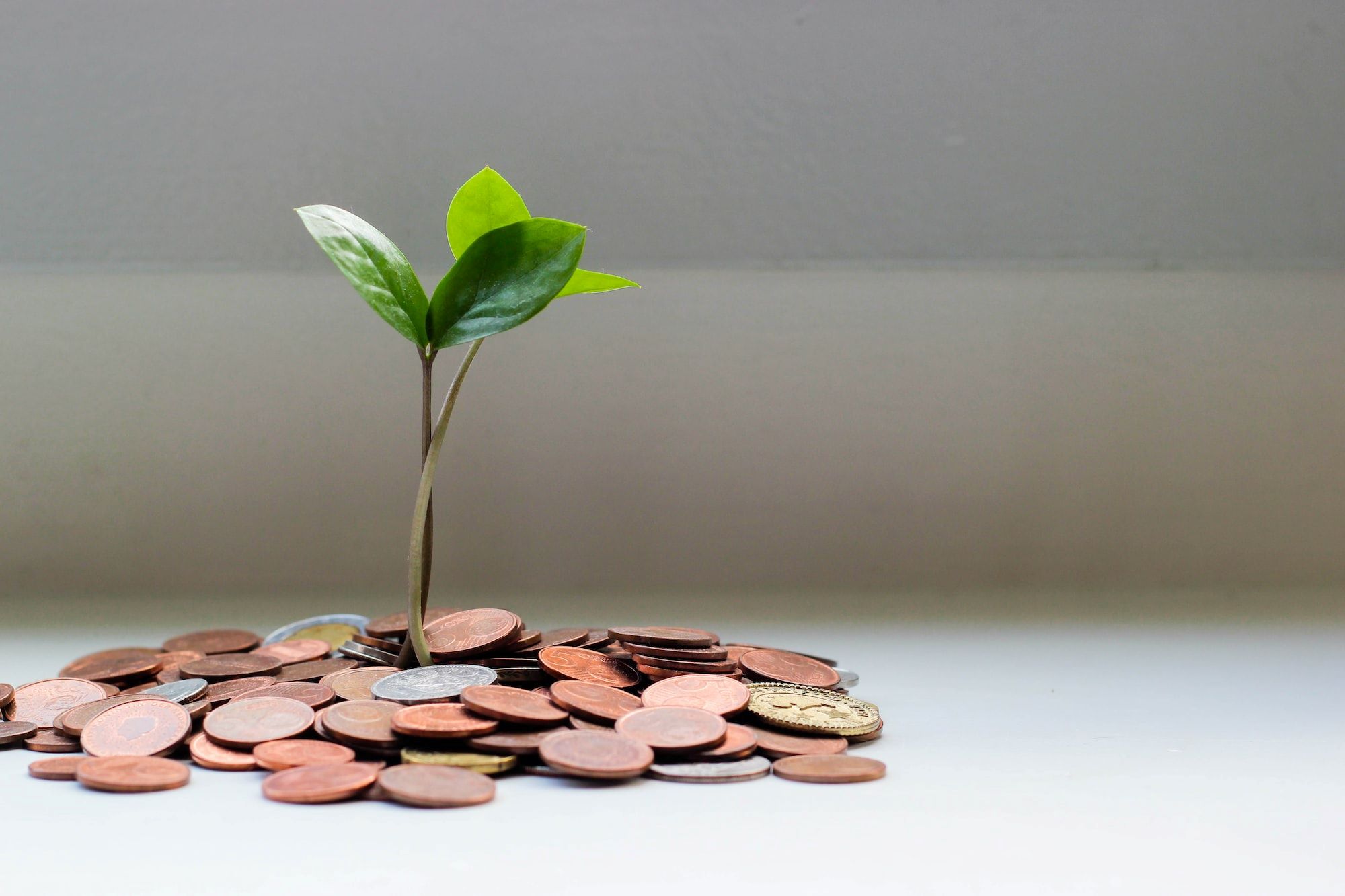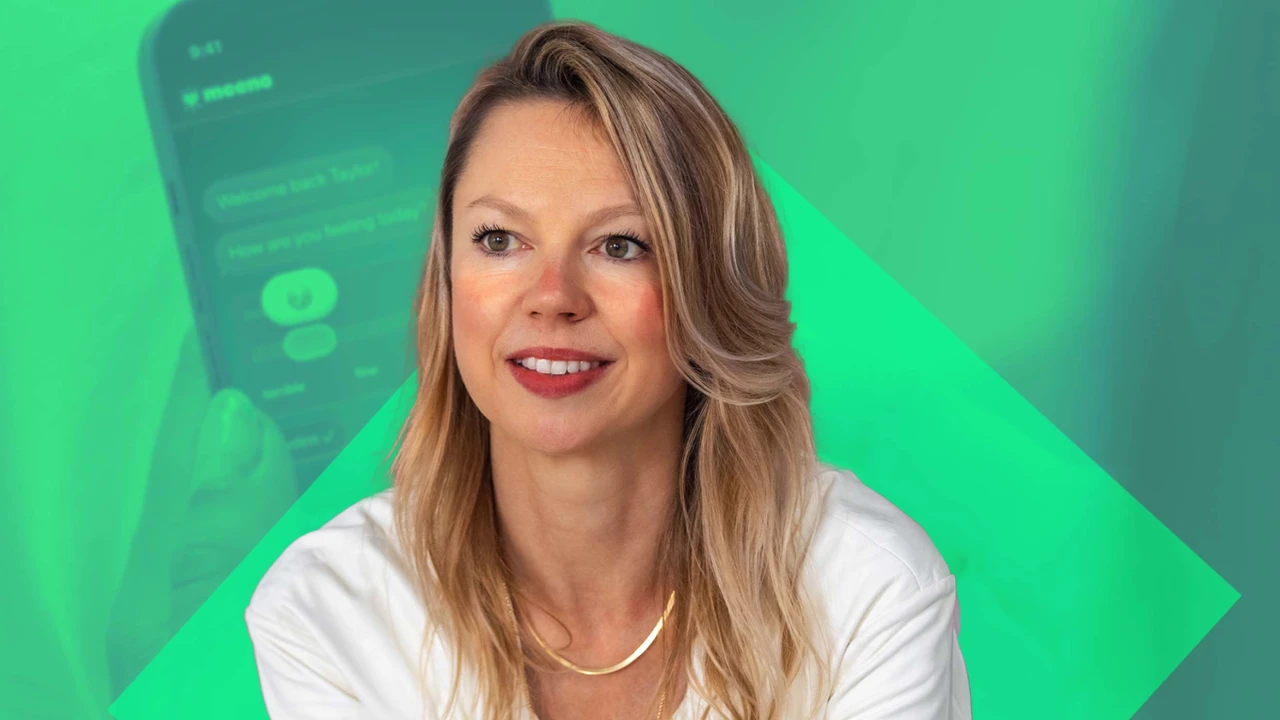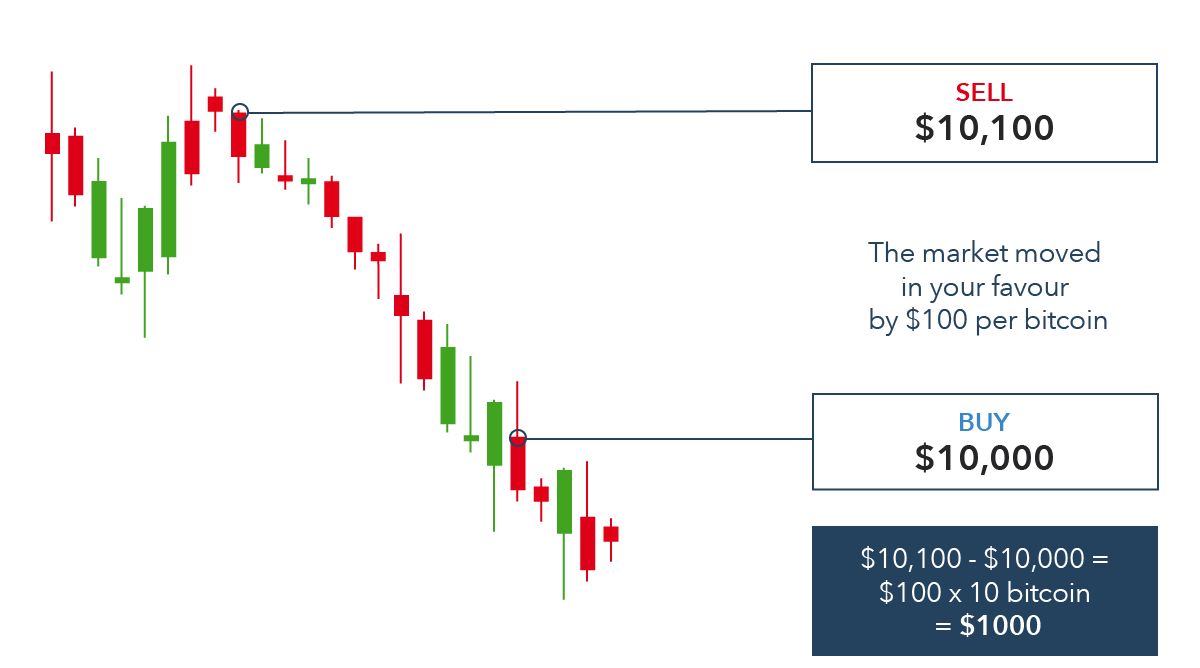As the Y Combinator Demo Day approaches, it’s essential to examine the biases and incentives of seed investors, especially in light of the controversial $2 million on $20 million cap SAFEs. While some investors have criticized these raises, YC partners have defended them, with YC founder Paul Graham expressing his support as well.
Key Takeaway
Understanding the long-term impacts of fundraising decisions is crucial for founders, as different investor archetypes have varying incentives and biases.
Y Combinator
Without a doubt, YC is a prestigious credential for early-stage founders, with a remarkable track record of successful companies. However, founders must consider the hidden costs of fundraising from YC and whether the benefits are distributed equally.
Companies accepted into a YC batch not only gain a seal of approval but also access to a valuable network of peers and alumni for learning and growth opportunities. In return, YC invests $125,000 for 7% equity and holds the right to invest $375,000 in the future at favorable terms through the Most Favored Nation (MFN) provision.
It’s important to note that YC’s objective is to find and invest in extraordinary outliers. As Garry Tan, a partner at YC, stated, “we only make money when the company becomes huge and is actually valuable. Like Coinbase or Airbnb or DoorDash.” However, this also means that companies that don’t achieve significant growth may struggle.
The YC model follows a “survival of the fittest” approach, favoring companies with exceptional potential. This approach influences how YC advises and supports its portfolio companies. Consequently, companies that don’t meet the high-growth expectations may face challenges.
Impact of Safe Financing
Raising a $2 million SAFE at a $20 million cap, whether based on YC partner advice or peer-induced fear of missing out (FOMO) from other batchmates, can limit the pool of investors that a company can pitch to. Furthermore, it raises the bar for the milestones required to raise a Series A round.
Most Series A investors expect a valuation at least twice that of the seed round. Therefore, companies that raise at a $20 million valuation must achieve significant milestones to justify a doubling of their valuation to $40 million, compared to companies that raise at a $12 million valuation and seek a doubling to $24 million.
Additionally, when a startup raises $2 million on a $20 million round, angel investors and several high-volume seed funds, along with YC, typically populate the cap table. In the event of any setbacks, these struggling companies may not receive additional financial support.
Conclusion
Understanding the biases and incentives of seed investors, such as YC, is crucial for founders making fundraising decisions. While YC provides a valuable network and stamp of approval, it is essential to recognize the “survival of the fittest” nature of their model, which favors companies with exceptional growth potential.
Founders need to carefully consider the implications of raising at higher valuations and the milestones necessary to justify those valuations when planning for future fundraising rounds. By understanding these dynamics, founders can make informed decisions that align with their long-term goals and increase their chances of success.

























